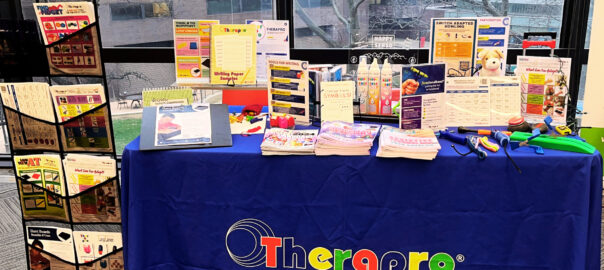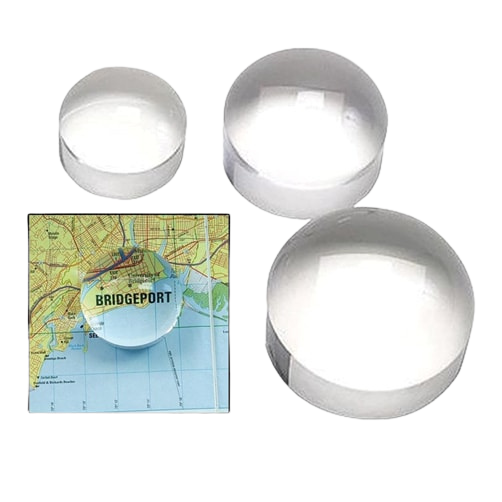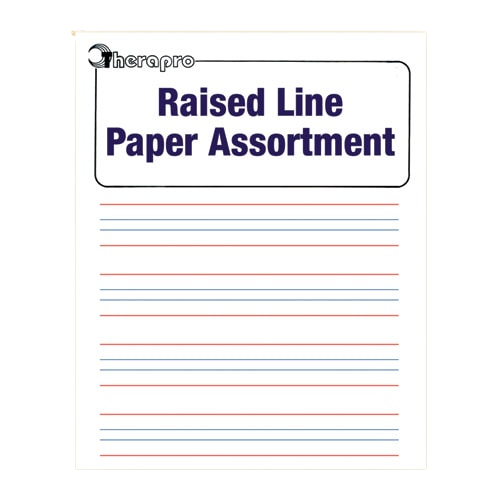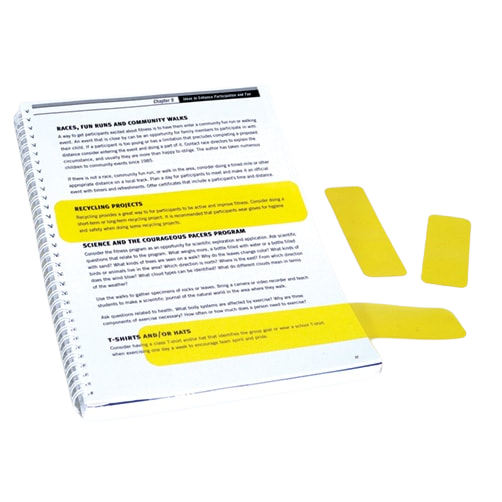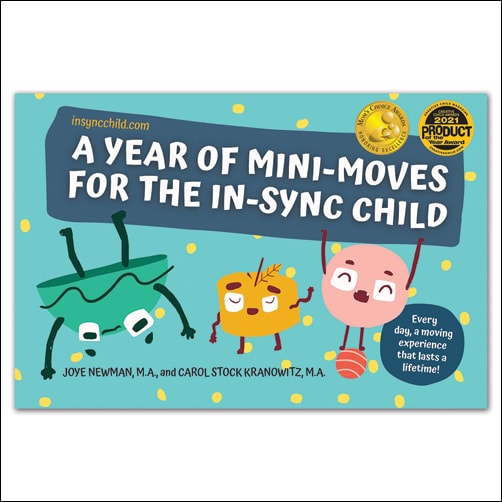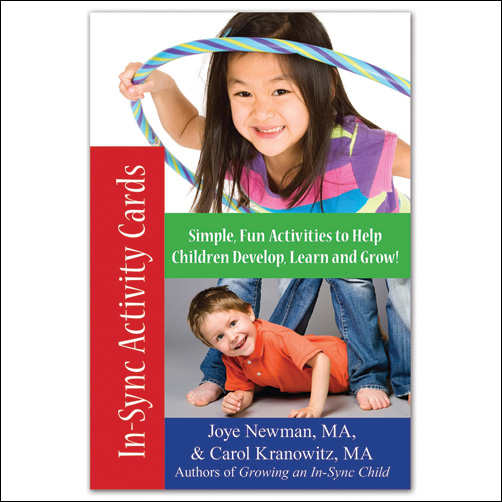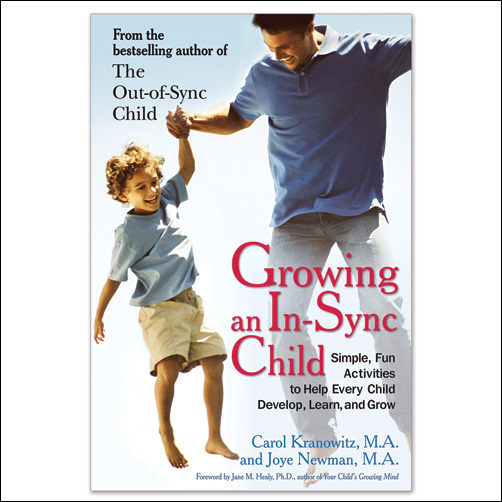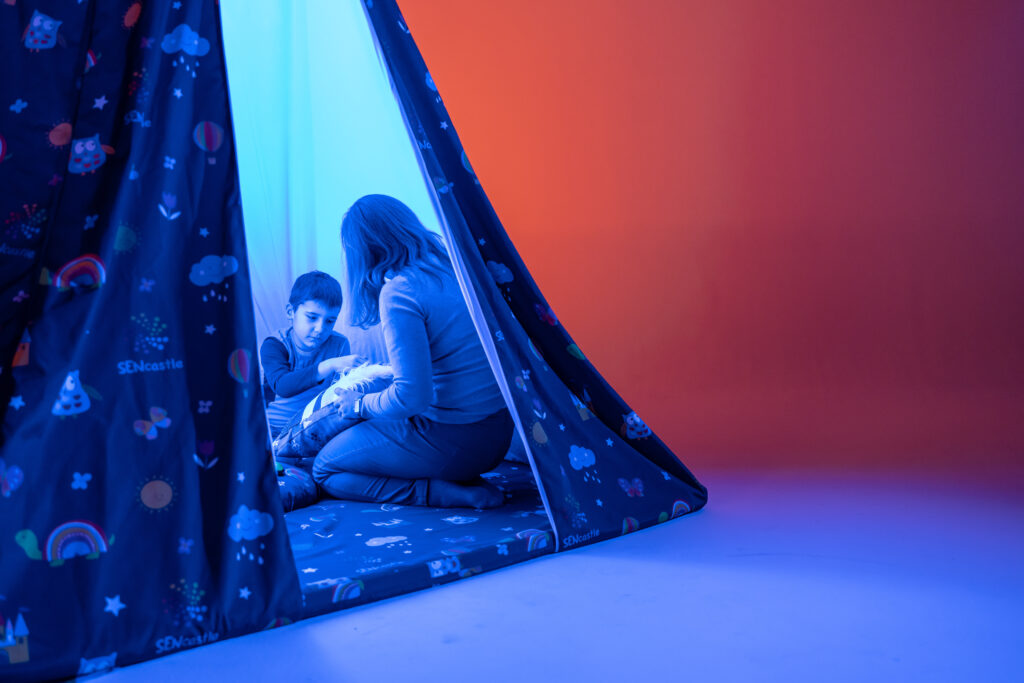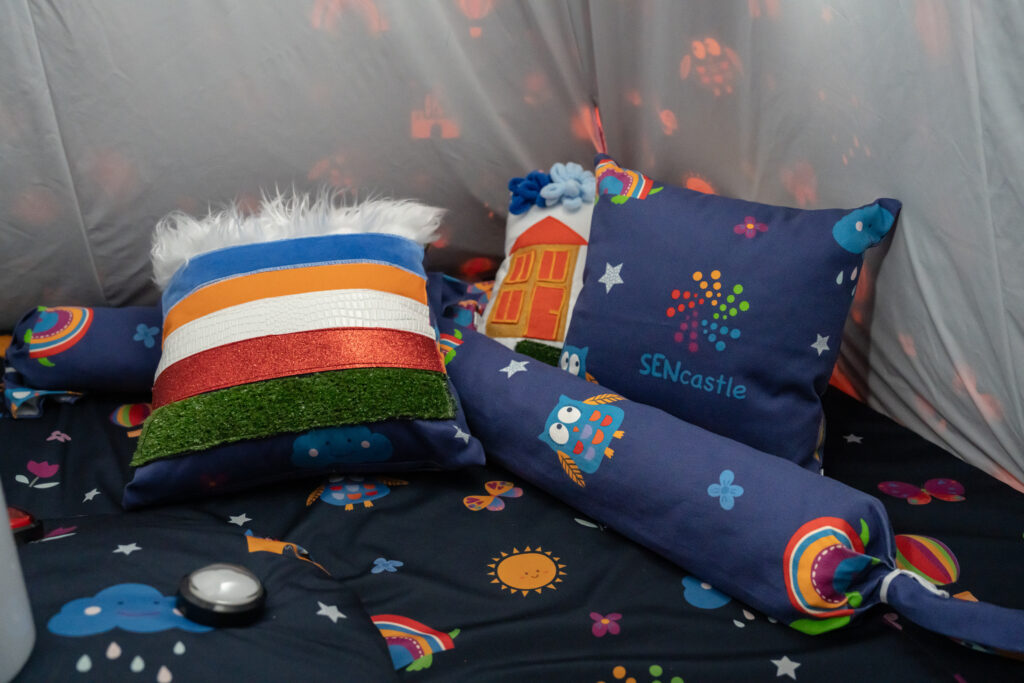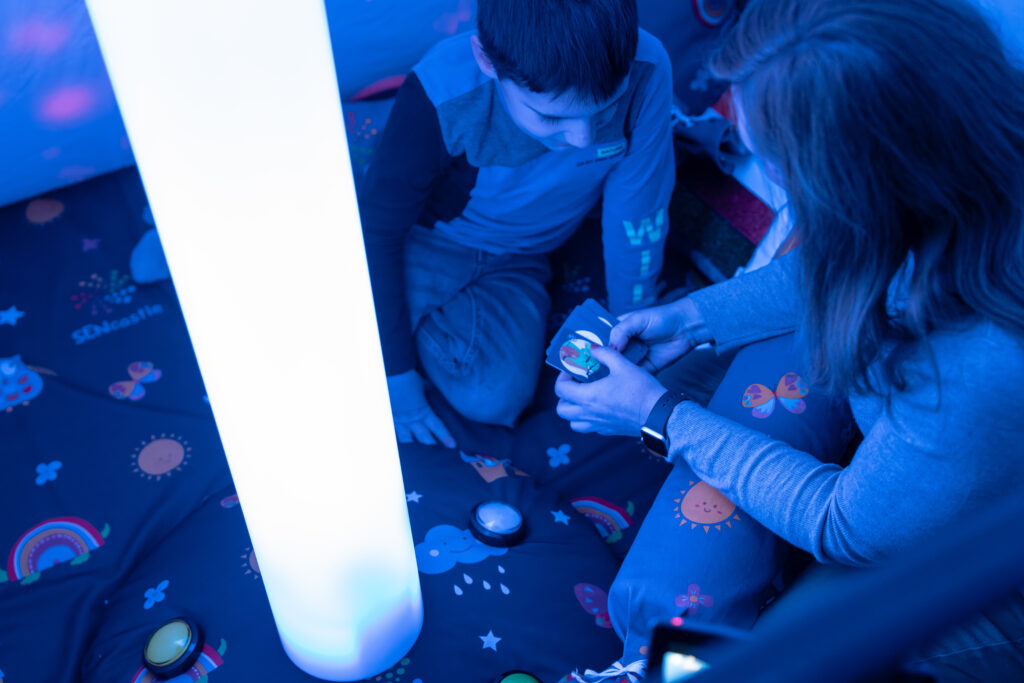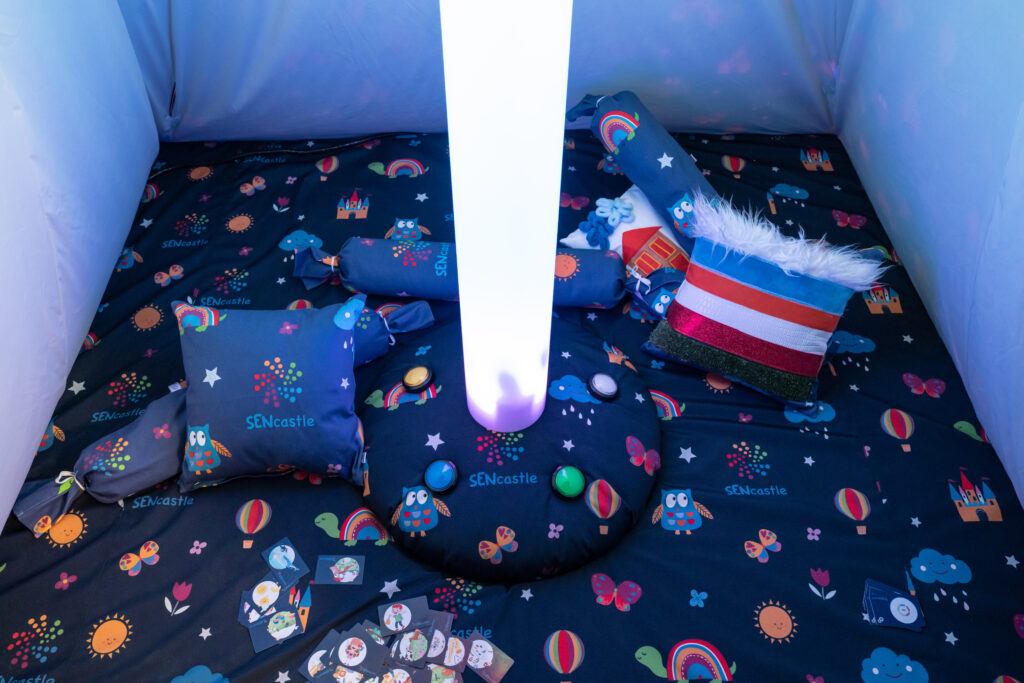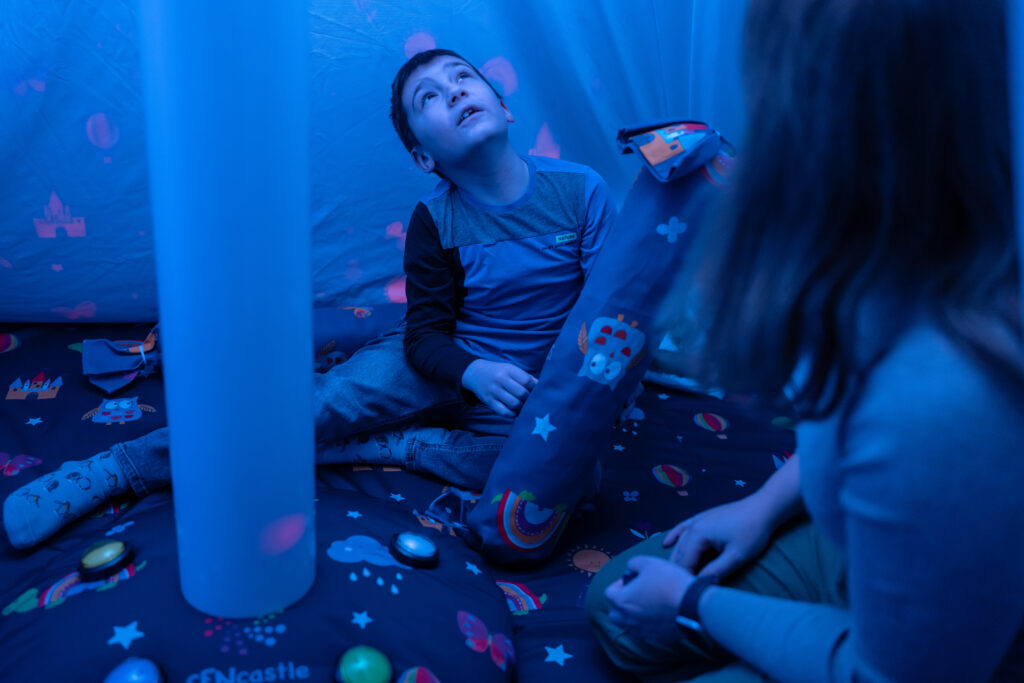Therapro recently had the privilege of exhibiting at the 2025 New York City Public Schools Assistive Technology Conference in Brooklyn, NY. This event provided an excellent platform to showcase Therapro’s assistive technology solutions for schools, designed to enhance student independence and participation across various school activities.
Enhancing Grasp and Functional Use with The Functionalhand and EazyHolds
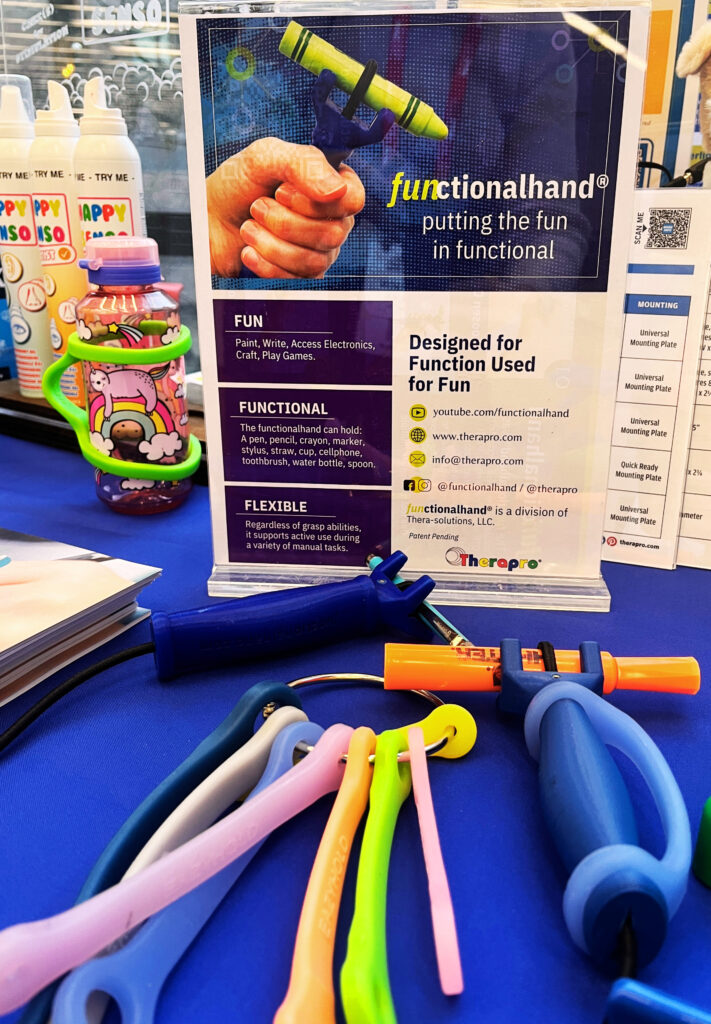
Attendees were particularly impressed by The Functionalhand and EazyHolds. These adaptive devices facilitate improved grasp for individuals with limited hand function. Demonstrations highlighted their versatility in enabling students to hold items such as paintbrushes in art class, drumsticks in music sessions, pencils during lessons, and utensils at mealtimes. Combining The Functionalhand with EazyHolds further amplifies their utility, promoting greater independence in daily school activities.
Empowering Classroom Engagement with Switch-Adapted Tools
The PowerLink 4 Control Unit captured significant attention for its ability to make virtually any electrical device switch-accessible. By accommodating up to two standard switches, educators can adapt classroom tools to meet diverse student needs, fostering inclusivity in learning environments. Additionally, our range of switch-adapted activities demonstrated effectiveness in teaching cause-and-effect relationships and enhancing peer interaction, crucial components in cognitive and social development. These tools are essential assistive technology solutions for schools looking to improve accessibility for students with disabilities.
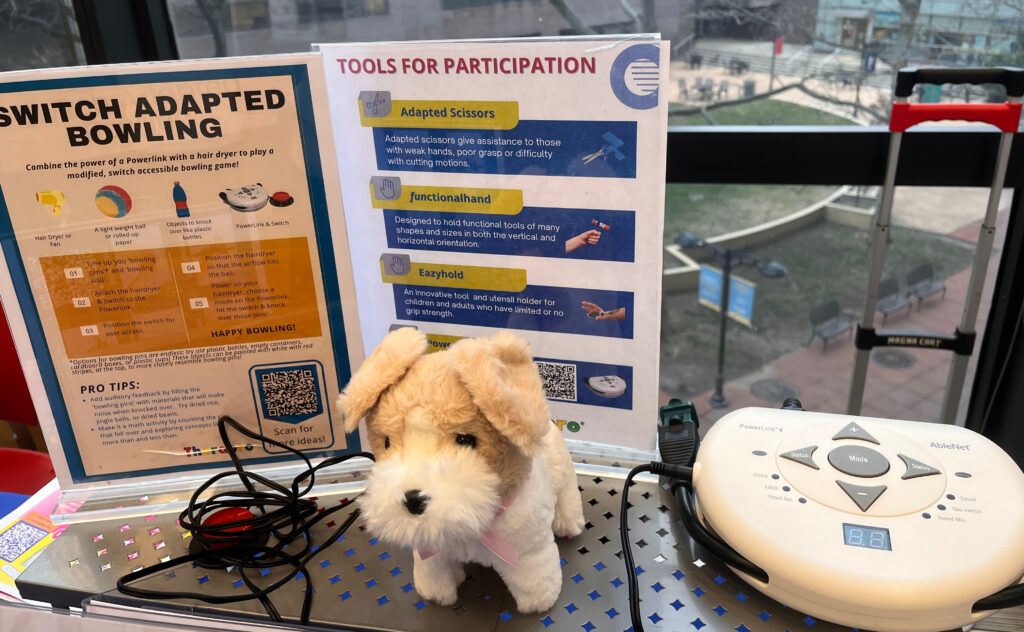
Facilitating Fine Motor Skills with Adapted Scissors
Our collection of adapted scissors was well-received, particularly the Push-Down Table Top Scissors. Designed for individuals with limited hand strength or coordination, these scissors operate with a simple downward push, allowing one-handed use and promoting autonomy in art and classroom projects. The Dual Control Teaching Scissors also garnered interest for their unique design that enables educators to guide students through the cutting process, providing a supportive learning experience.
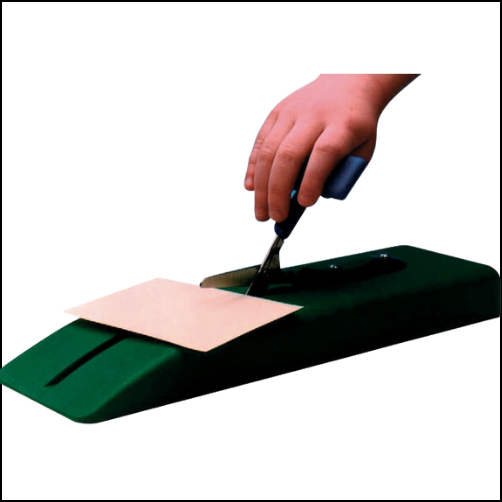
Improving Handwriting with Raised Line Paper
Experiencing our Raised Line Paper firsthand allowed attendees to appreciate its subtle tactile feedback. The raised lines assist students in maintaining writing alignment and spacing, benefiting those with visual impairments or challenges in handwriting legibility. This simple yet effective tool supports the development of fine motor skills and written communication and is a valuable assistive technology solution for schools seeking to enhance student success.
Participating in the NYC Assistive Technology Conference reinforced the importance of hands-on demonstrations in understanding the impact of assistive devices. Therapro remains committed to providing educators, therapists, and parents with practical solutions that empower students to achieve greater independence and success in their educational journeys.

